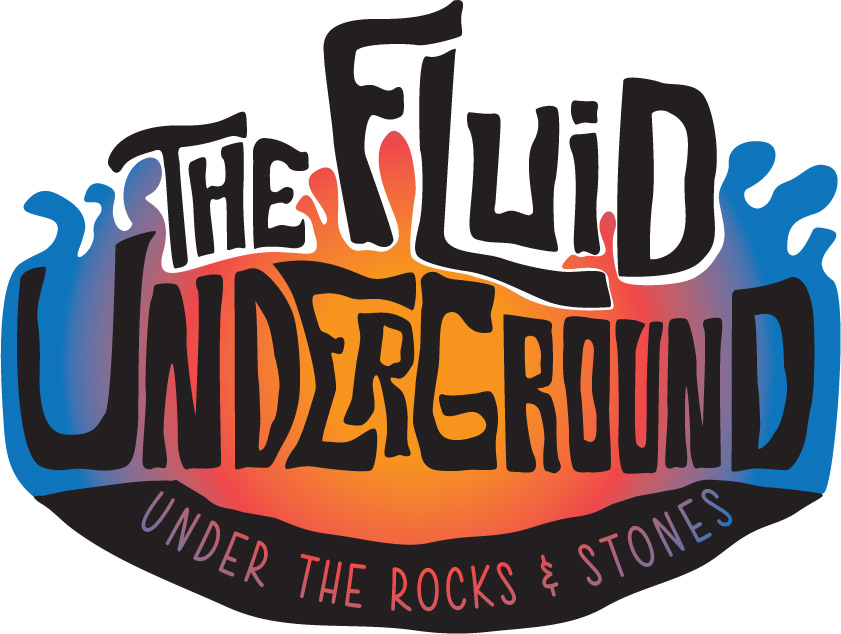Big Picture Parameters, Challenges and Opportunities - Nov. 5, 2019
Attendees:
Rob Sohn
Julie Huber
Stefan Sievert
Eilean Kozak
Rachel Hasko
Britt Raubenheimer
Joe Tamborski
Dan Fornari
Rob Evans
Adam Soule
Chris German
Jeff Seewald
Forrest Horton
Vivian Mara
Amy Smith
Sara Hu
Greta Serres
Four short presentations were given at the meeting. Presenter slides are linked to the titles below.
Stefan Sievert: Sizing up the deep-sea vent subsea floor biosphere
Stefan gave a presentation that detailed his work at the Crab Spa hydrothermal vent system. He discussed how he collects fluids from the vents and analyzes the microbes within as well as the chemical composition of the vent fluids. He also talked about recent studies assessing the productivity of the subseafloor biosphere, as well as estimates on the biomass standing stock and the residence time of the biomass and fluids.
Post talk discussion questions included:
• What is the location and habit of the microbes?
As the sample areas only collect microbes as they are emitted from the vent, it is not know for certain, but it is possible that they could be a biofilm attached to the rocks wall and are sloughed off at the vent expels water. These microbes consume CO2.
• Where is the carbon originating?
It could be forming within the vent system, or be traveling up from deeper down.
• How much methane is produced?
Not as much as a methane seep.
Rob Evans: Electromagnetic tools for imaging fluids underground
Rob talked about the two different types of electromagnetic measuring techniques. One tool is Magnetotellurics (MT), which is a natural source that is better for deeper sampling needs and the other is called Controlled Source EM (CSEM), which is better for shallow sampling and generates its own signal. He has used both to map fluids (water and melt) in a range of settings, from nearshore to deep beneath subduction zones.
Post talk discussions raised many questions from the group regarding the applications for each tool:
• Could you take measurements from on-land?
It is possible to keep the transmitters on land with the receiver cables offshore.
• Could you affix the transmitter to an AUV and if what speed parameters would be needed?
It is possible, but the transmitter draws too much power to fix it to an AUV currently. Perhaps with larger batteries. Additionally, the idea of affixing the transmitter to the newly developed Orpheus AUV and having it follow the source of the fresh water was brought up.
• Could you use CSEM to detect hydro-carbons?
Yes
• What would take this to the next level?
AUV usage would be ideal for smaller scale surveys in the future. It would be good to have 3-D modeling capabilities, but currently only 2-D is available.
Joe Tamborski: Application of radionuclides to determine coastal aquifer groundwater residence times
Joe informed the group about how he measures salt and fresh water mixing ages (how long it takes for the water to mix) in subterranean estuary zones by taking core samples and measuring the radionuclides dissolved in pore waters with modified radium detectors and he talked about the collection and measurement process.
Post talk discussion questions included:
• How long could you wait to perform the measurements?
You can wait up to 5 days to measure the radionuclides if you are not looking at core samples. Otherwise, the cores are really only viable for about 8 hours. This ensure proper aging.
• How long does it take to obtain a reading?
The analysis time is short. Readings are typically available within a couple of hours of putting the sample in the detector.
• What would improve your ability to measure the radionuclides?
Overcoming the time constraints in relation to the viability of the core samples would be beneficial. However, because the detectors are so portable, this helps quite a bit.
Additionally the group discussed using these analytical techniques in relation to pore fluids.
Adam Soule: Crustal storage, transport, and evolution of magma
Adam presented the current state of models for magma storage and transport in the crust. He reviewed the currently favored ’trans-crustal magmatic system’ model wherein magma lenses reside within a continuous region of magmatic mush. He described how petrological, seismological, and geodetic observations support various models of magmatic systems and outlined the challenges and opportunities in volcano research related to subsurface magma.
Post presentation discussions addressed the possibility of using OSMO samplers to collect small volume samples, what other tools are available to make measurements and collections such as Cabled Array, which OOI developed to survey the Axial Seamount.
